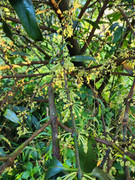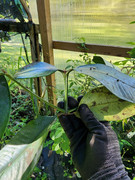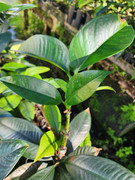1
Tropical Fruit Buy, Sell & Trade / Re: Wanted - Mature Male Luc's Mexican Garcinia Cuttings
« on: April 11, 2024, 09:33:22 AM »
When I get fruits without male pollen, they are runts and the seeds are aborted. I never get more than 3 - 4 of these. Most drop before reaching maturity and never more than 1/4 of the size of a properly pollinated fruit, slightly bigger than a lemon drop.
Female flowering
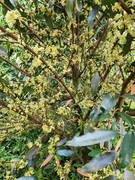
Female - pollinated with female appearing males (shooting blanks). All the fruitlets eventually dropped off

Female - pollinated with grafted male. Some of the fruitlets eventually dropped off

Fruit pollinated in December/Jan
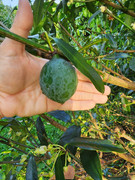
Female flowering

Female - pollinated with female appearing males (shooting blanks). All the fruitlets eventually dropped off

Female - pollinated with grafted male. Some of the fruitlets eventually dropped off

Fruit pollinated in December/Jan








